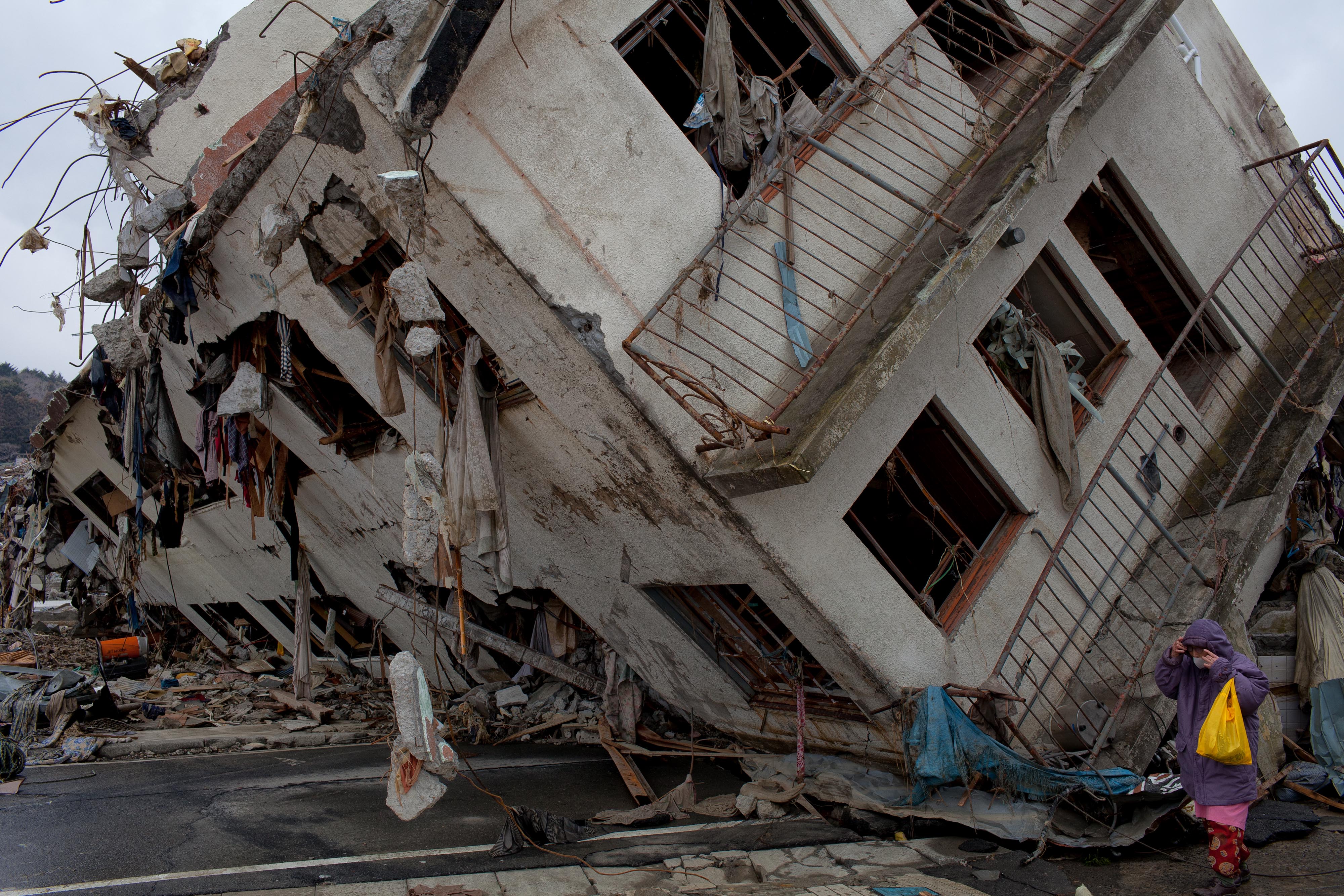Japanese clock stopped by one earthquake 10 years ago ‘restarted by another tremor’
The clock started working after another earthquake hit the area after a decade

A clock in Japan that stopped working in 2011 after an earthquake, started again after a decade as another earthquake hit the area.
The clock, situated at a Buddhist temple in northeastern Japan’s Yamamoto, got submerged in water in 2011 after a tsunami hit the coastal town, following a deadly earthquake that killed over 18,000 people.
The head priest of the Fumonji temple, Bunshun Sakano, made several attempts to fix the clock, he told Mainichi Shimbun newspaper, however he was unsuccessful.
But when another earthquake, smaller in intensity, hit his town 10 years later on 13 February, he says the clock began working again.
The 58-year-old priest says he has taken inspiration from the clock. “Maybe it’s pushing me to move forward with new determination,” he told the newspaper. “It’s like a sign of encouragement that the real restoration is yet to come.”
Mr Sakano found the 31-inch clock in an antique store a few years before the 2011 disaster, and it has been a part of the temple since then. It was found from the debris, Mr Sakano says, after the whole temple was submerged in the water with only its pillars and roof intact. Even when it stopped working, it remained in the main hall of the temple.
After the earthquake hit the area, which meteorologists believed could be an aftershock of the powerful 2011 earthquake, Mr Sakano came to the main hall to check if there was any damage. He says to hit surprise, he heard a ticking sound and found the clock was moving again. It continues to work two months later.
A representative of the clock’s manufacturing company Seiko, told the newspaper: “It’s possible that the pendulum, which had stopped, started moving again with the shaking of the earthquake, or that dust that had built up inside came loose.”
Join our commenting forum
Join thought-provoking conversations, follow other Independent readers and see their replies
Comments
Bookmark popover
Removed from bookmarks